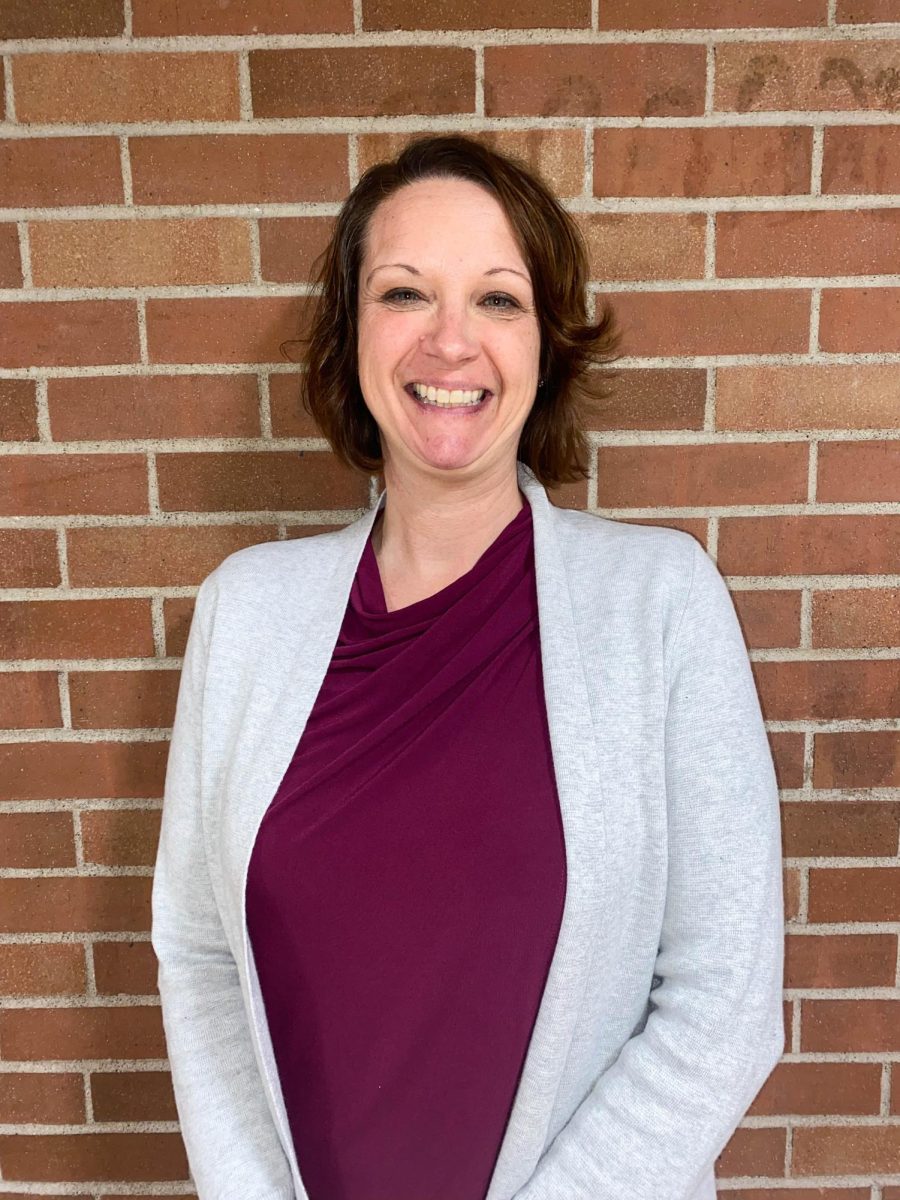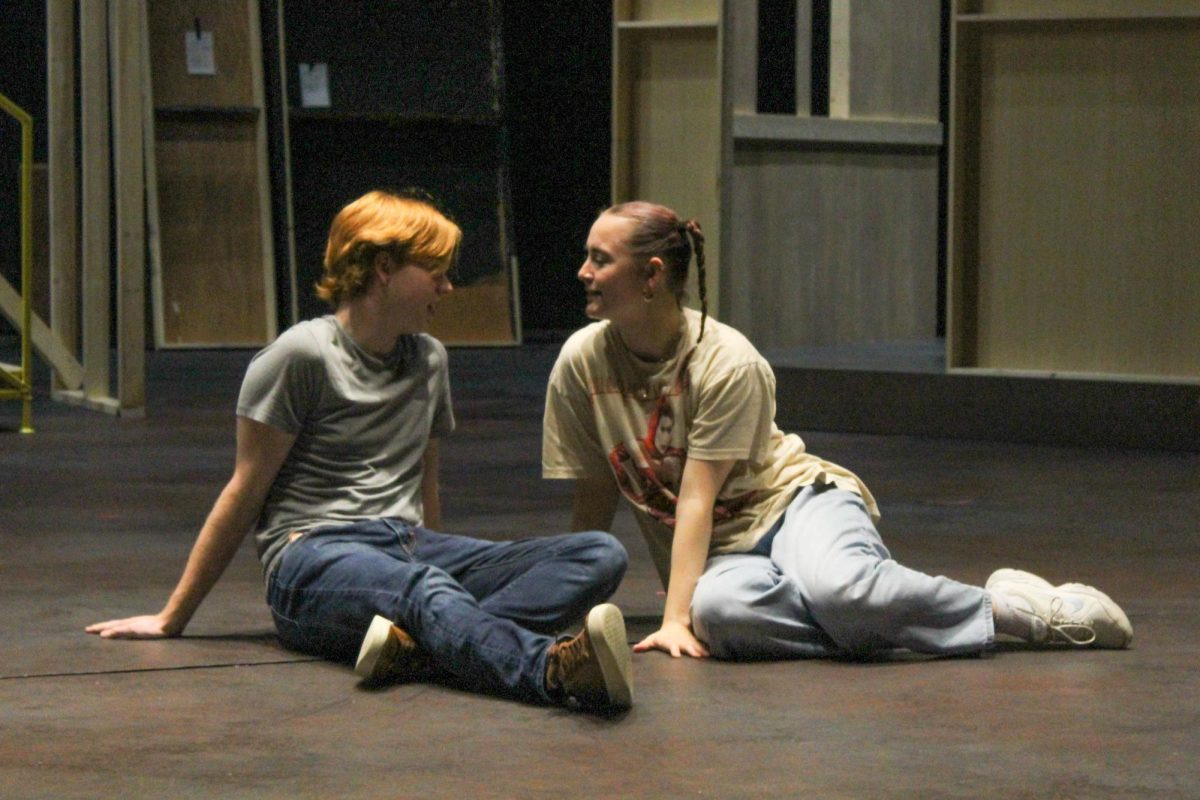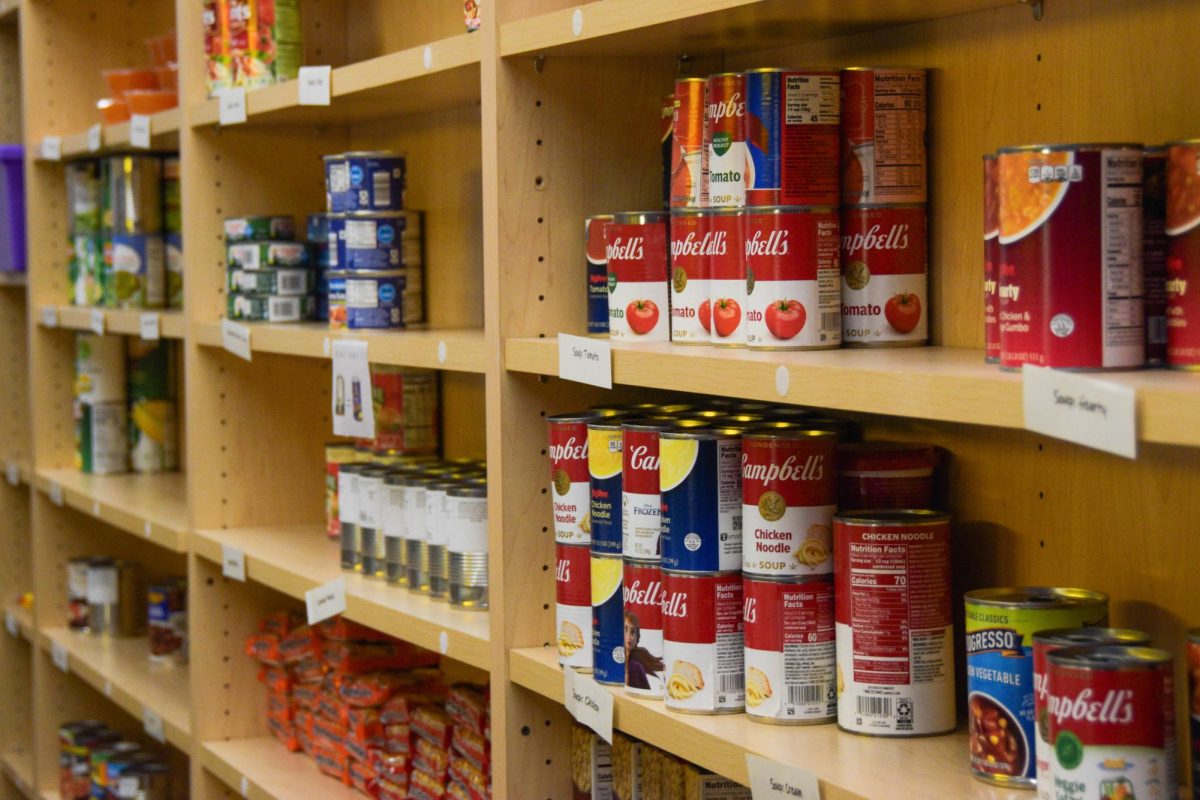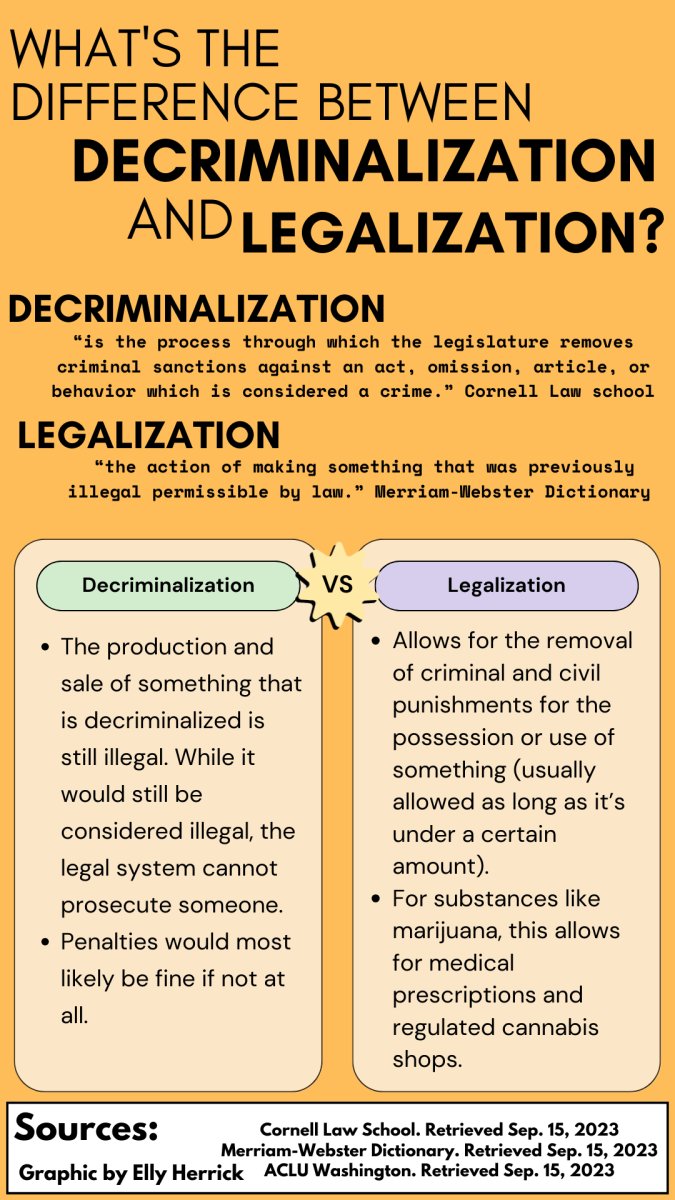Rebecca Mueller/Winonan
Members of the Winona community who were concerned about frac sand mining gathered for a candlelight vigil to protest on the steps of City Hall Feb. 4.
The vigil was held at 6 p.m., shortly before the 6:30 p.m. city council meeting. About 75 people gathered on the 10-degree night, all holding either wax candles or electric candles.
“I think frac sand is another pestilence,” Patrick Sauers, a recent graduate of Winona State University who came to see what was happening, said. Sauers’s mother, Marie Kovecsi, is an active member of the protest group.
Hydraulic fracturing, or fracking, is a method of drilling for natural gas and oil. This method involves fracturing rocks such as shale by sending water, chemicals, and sand into a well using very high pressure. The sand used in this process is the same kind of sand found in the bluffs surrounding Winona.
During the candlelight vigil, protesters voiced their concerns about the frac sand industry.
Many are concerned that the silica dust produced as a result of the frac sand mining process is a carcinogen.
This carcinogen could enter the soil and the water supply and affect the local population, but its effects might not appear until 30 or 40 years from now.
Others are concerned that the frac sand industry will have a negative impact on Winona’s cultural atmosphere. The community is known for the Great River Shakespeare Festival, the Frozen River Film Festival, and other similar events.
As part of the vigil, the group sang the well-known protest song “We Shall Overcome” and added a third improvised verse. “No frac sand in Winona ever,” they sang.
The Winona Area Citizens Concerned About Silica Mining, or CASM, is a local organization that has orchestrated many of the protests and prepared several informational documents to raise awareness about the consequences of fracking.
“It’s been about a year and a half, but I think it’s just the beginning,” said Mike Munson-Leitgub, one of the protest organizers. He added that the frac sand debate could still last for years.
At the vigil, members of CASM encouraged everyone to sign a petition opposing the storage, processing, and transportation of frac sand in Winona. Approximately 270 signatures were collected by the end of the night. There is currently a county-wide moratorium on the frac sand industry that will expire in March.
After the candlelight vigil, some of the protesters moved inside to sit in on the city council meeting.
Because the meeting was not a public hearing, the protesters were not allowed to comment or voice their opinions to the city council. Despite this fact, they hoped that their presence in the room might have an effect on the council’s decision.
The city councilors discussed a set of frac sand moratorium ordinances, but ultimately tabled the discussion.
They will continue the discussion at the next meeting and plan to vote on the ordinances at that time.
“If we can continue to delay them, that’s a victory of sorts,” said Kovecsi at the brainstorming session.
After the city council meeting, the protesters gathered at the Acoustic Café to brainstorm and discuss the next step for their efforts. Anyone who wanted to learn more about the frac sand industry’s potential consequences was allowed to join the discussion.
Moving forward, the protesters plan to network with local businesses, attend a state legislation hearing on Feb. 19, arrange educational presentations about the frac sand industry, and continue their attempts to influence the city council.
They will also continue campaigning along the routes of frac sand trucks and in the neighborhoods of the processing plants.
Contact Rebecca at [email protected]



































































